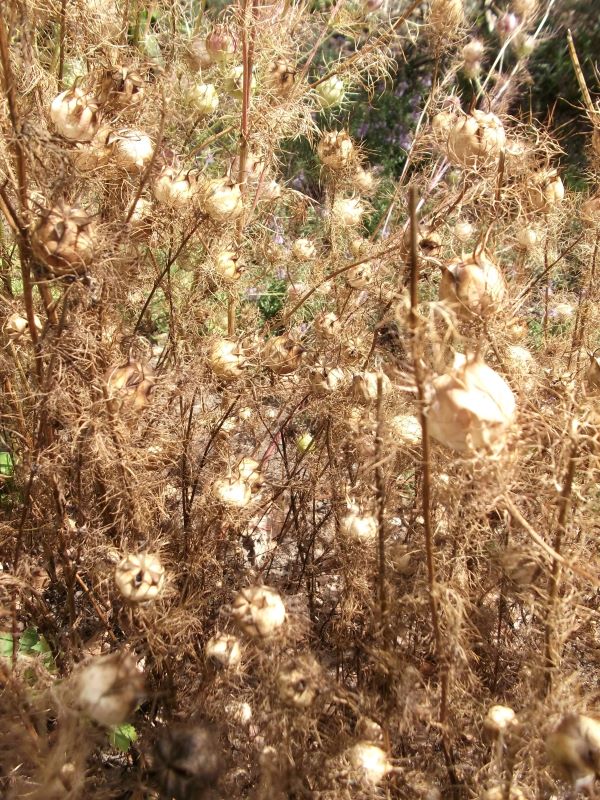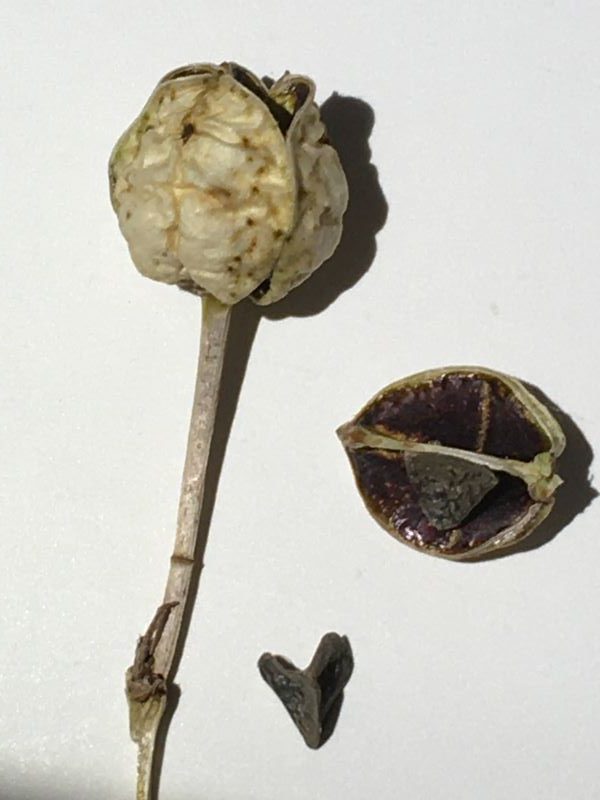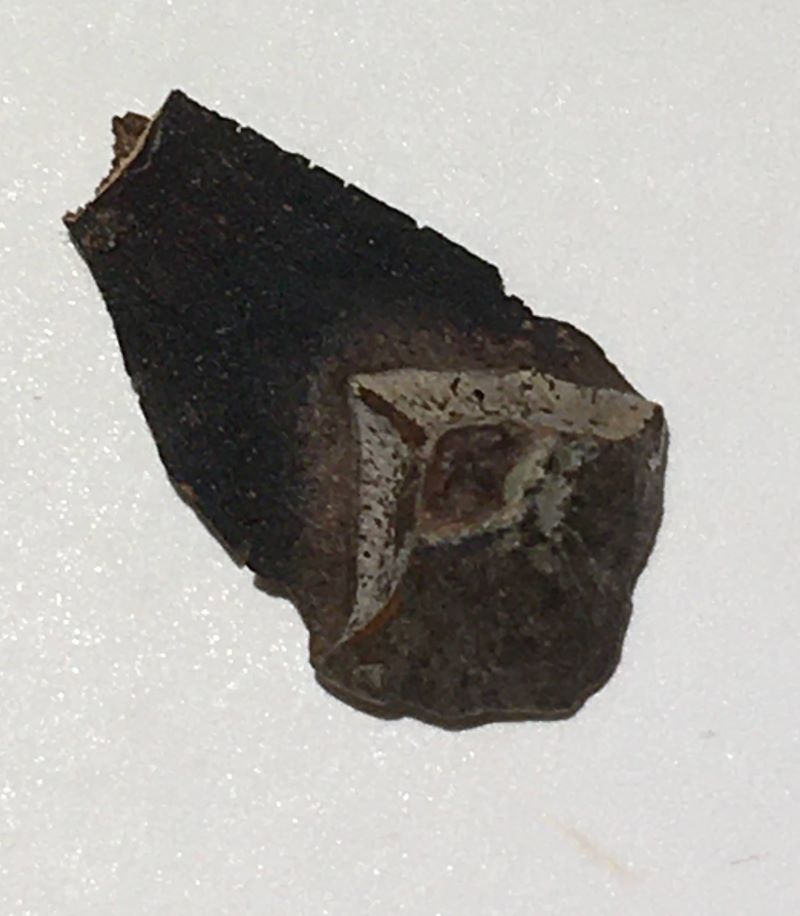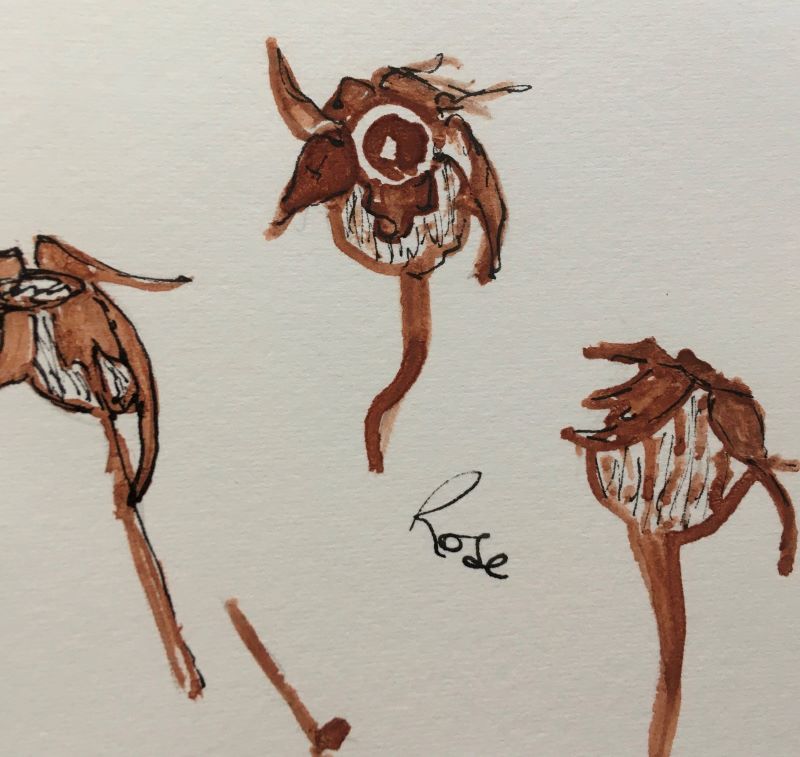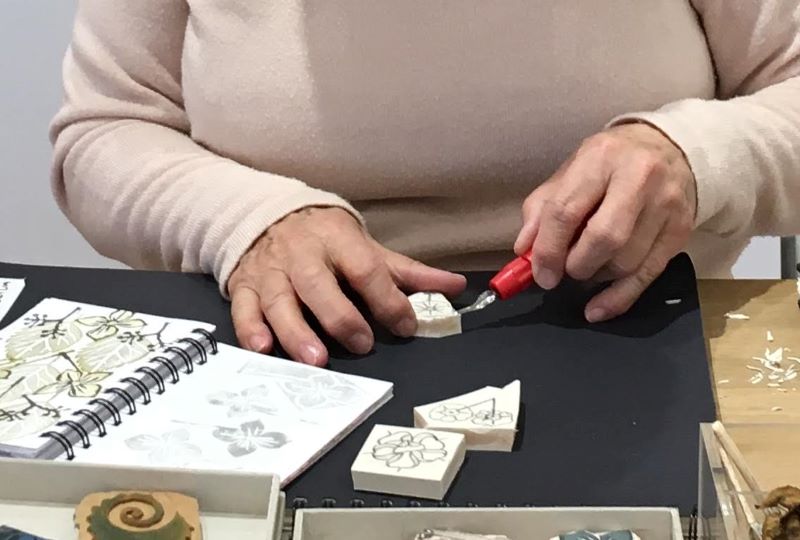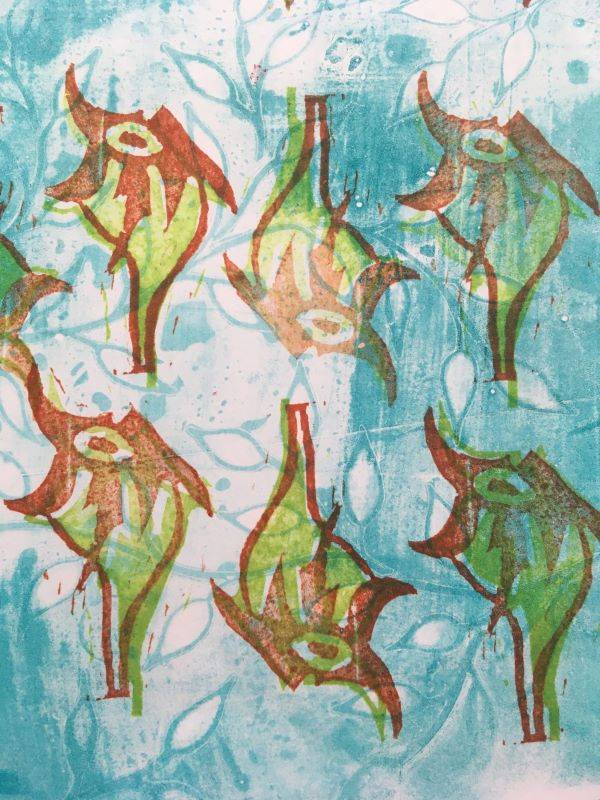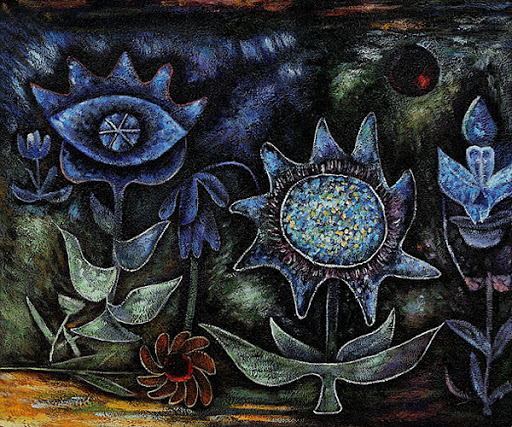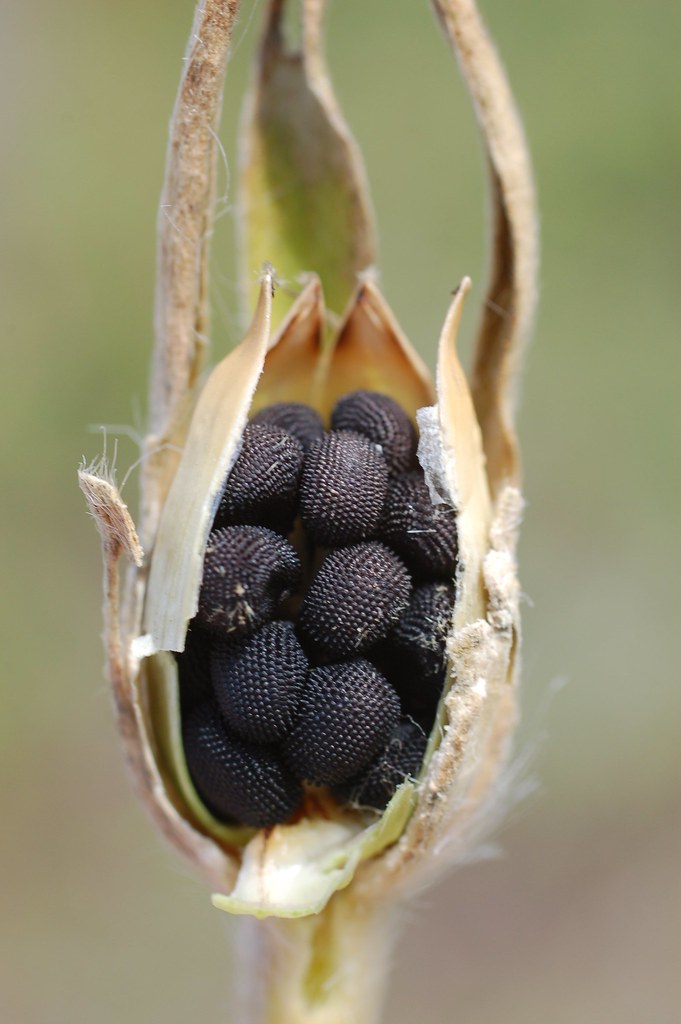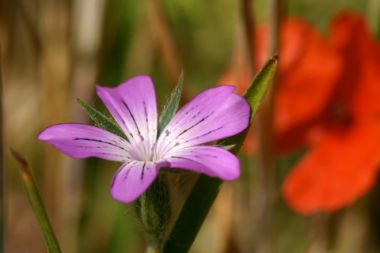I suppose I should have seen that it could be a natural progression to move on to seeds after working with flowers for so long.
But maybe it was because I have been following the artist Sophie Munns http://sophiemunns.weebly.com/home.html and her ‘Homage to the Seed’. Her project aims to champion seeds at this time of significant species loss through a layered, and open-ended approach that seeks not to speak one story but discover many as they relate to seeds in the contemporary world. I joined her in an online course and began my own investigations locally. Photographing, Drawing, and researching endangered plants.
The seeds can be large and characterful, or they can be so small there is a need for a magnifying glass to see them. It amazes me that there are so many ways that seeds can be dispersed with the pods having a major role.
I was still cutting stamps so decided to turn my sights to seeds and or pods as subjects. Drawing them to get the feel of the shapes and then carving them into rubber.
Stamping in a small notebook they began to make patterns like those I designed with the flowers. See previous blog Patternmaking. Remembering my conclusion was that I preferred the flower stamps on a painted or printed surface I began experimenting with printing on a Gelli Plate to get interesting backgrounds.
What is a Gelli plate you ask? It is a flat block about 1.5cm thick made of silicone. Have a look at this blog to get the idea. (http://gelliarts.blogspot.com/). Why not put the two together, backgrounds and carved stamps?
I have been lucky enough to work with a Dutch artist Brigit Koopsen https://birgitkoopsen.typepad.com/my_weblog/my-videos-for-gelli-arts.html she has been experimenting with a Gelli Plate printing for many years. She is always finding new ways to use different mediums on the plate. Very inspirational.
Other artists have shown interest in the seed world, one being Paul Klee. To him nature was an inexhaustible source of inspiration. He is rare amongst 20th century artists to have written and made so many paintings about seeds, the life of plants, gardens, and nature in a non -scientific way.
He wrote in 1923 in his notebook 2: The Nature or Nature. ‘Despite its primitive smallness, a seed is an energy centre charged to the highest degree. A talisman for the regeneration of that species.’
Having investigated an Oxfordshire endangered species, the corncockle,
and found that its demise is due to farming practices it is good to read that the Crop Trust is doing a lot of research into wild relatives. Defined as wild and weedy cousins of our agricultural crops. https://www.croptrust.org/our-work/supporting-crop-conservation/crop-wild-relatives
There is need to help agriculture with traits to repel pests and disease, overcome extreme weather and endure poor soils. There is a Norwegian founded project centred around their seed bank at Svalbard which is a global seed vault especially for old crop seeds. Birmingham University is part of the project. They are keeping a data base of where wild relatives have been found. Search teams use indigenous tribes to help them find old varieties. Seeds are then sent to Svalbard.
